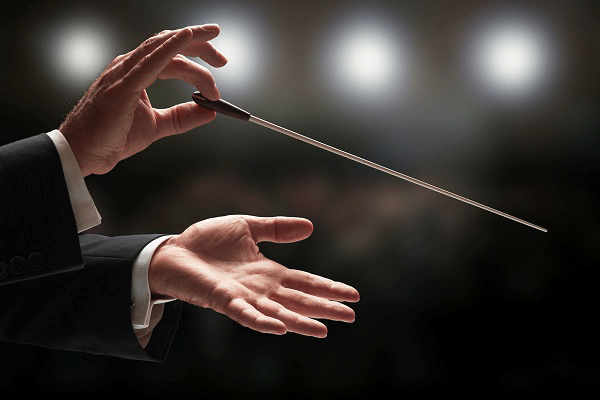Developping the musical ear

What is musical ear ?
Musical ear refers to a person's ability to perceive and understand music. This includes the ability to recognize different pitches, rhythms, and harmonies, as well as the ability to reproduce them through singing or playing an instrument.
A person with a strong musical ear has a good sense of pitch and can easily distinguish between different musical notes. They may also have a good sense of rhythm and timing, and can accurately keep time with music.
Additionally, musical ear means also the ability to distinguish different types of music, interpreting the emotions conveyed through melody, harmony and rhythm.

For Dr A. Tomatis, having a good musical ear means having an ear that is as close as possible to the criterias he defined.
A musical ear according to Dr A. Tomatis must meet the following criteria:
- It favours the analysis of the acute frequencies between 2000 and 5000 Hz, while continuously and progressively amortizing the frequencies below 2000 Hz and above 5000 Hz. This damping should be done as well in aerial conduction as in bone conduction.
- That it has a maximum opening of the hearing selectivity. The auditory selectivity is the ability to differentiate the height of the sounds relative to each other, but also the direction of variation of the height.
- A very precise auditory spatialization. Spatialization is the ability to locate a sound in space, both in aerial conduction and in bone conduction.
- Finally, it is the right ear that must be dominant, IE who must take a very subtle but extremely important temporal advance on the left ear in terms of processing of the sound information.
In fact, from his first works with singers and musicians, Dr A. Tomatis has shown the existence of a superiority of the right ear in terms of analysis and instrumental control of musical sounds (which also includes his own voice). This preponderance of the right ear was subsequently confirmed many times.
Depending on the frequency zones of existing deregulations, deregulations that can be evaluated through a listening test, and in relation to the criteria defining the musical listening previously mentioned, the educational approach will concern:
- The improvement of musical sensibility, i.e. the desire to listen to music or to play an instrument.
- Improving accuracy and precision, both in the analysis and in the instrumental game.
- Improvement of the appreciation of the beauty of the musical work or of the interpretative quality at the instrumental level.
This will be done mainly with listening sessions under electronic ear onsite.
Want to know more about the capacity of your ear? Make an appointment for an audio-psycho-phonological assessment!



